'La Faccia' : Photographing the Face
A new workshop that concentrates on one thing
By Frank Van Riper
Photography Columnist
“If conditions are perfect,” said the great photo portraitist Neil Selkirk, “then just make the picture.”
“If conditions are not perfect,” added my longtime friend, colleague and mentor, “then make them perfect.”
Neil’s words echoed as I put together a new workshop class for this fall at Glen Echo Photoworks, Glen Echo, Md., where I have been on the faculty for more than a dozen years. The class, “‘La Faccia’—Photographing the Face,” will be offered in November—hands-on, in person, to vaccinated students—during two consecutive Thursday evening workshops at beautiful Glen Echo Park (enrollment info below.) There is no entrance requirement beyond a camera that works in manual mode. We will use all types of lighting from available light to strobes (that I will provide) and, if past classes are any guide, we will have a hell of a time. I also will supply the wine…
The face has fascinated humans since time began. Its many components (eyes, teeth, mouth, nose, cheeks, hair, etc., etc.) combine into one whole that in many ways defines who we are.
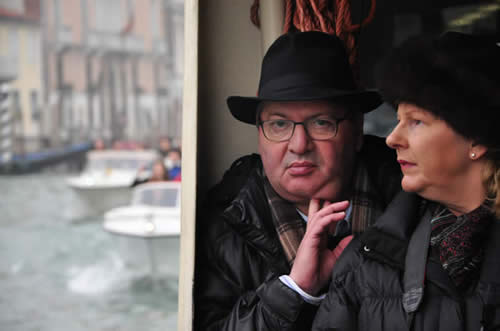 |
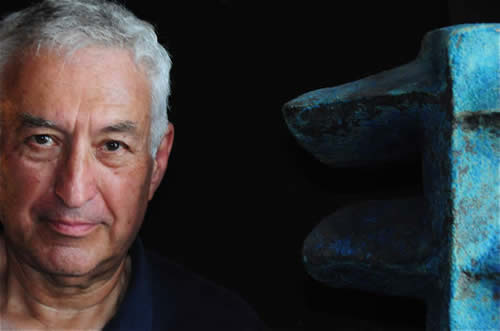 |
| Street and studio studies of the face. Above: photographer Judith Goodman made this striking portrait of two people on a vaporetto in Venice. The man's beefy face and beady eyes are riveting; the woman's more elegant profile calls to mind a young Margaret Thatcher. Below: I made this portrait of our friend Steve Silverman in Eastport Maine during one of our workshops. Abundamt window light from Steve's left creates the kind of modeling of face and surfaces that painters love. |
Yet, even if we have but one “faccia” (Italian for face) the play of different light on that faccia can produce images (and moods) that are virtually limitless. When one of my earliest teachers, photographer Tom Wolff, taught me how to use a simple toilet paper tube to direct light dramatically from a portable flash head I was able to make one subject look lit as if by a stage spotlight—or another, shot with the same light from below, appear to be a sinister ghoul.
Hence, this class
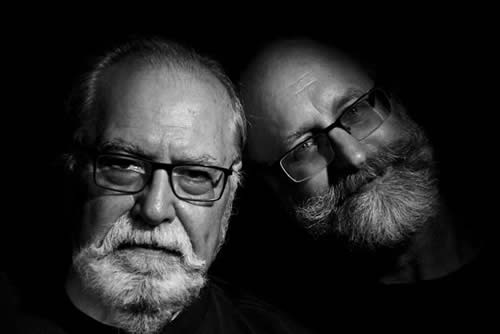 |
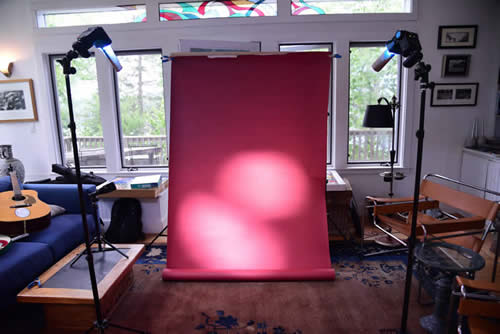 |
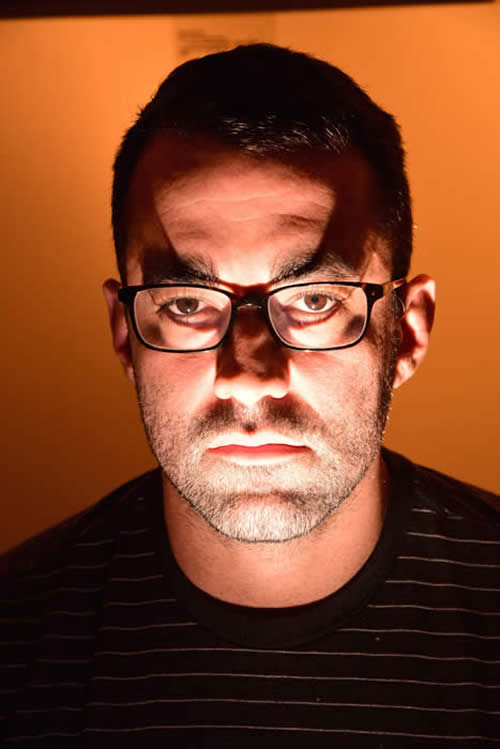 |
| It's all in the lighting. Top: I made this portrait of my stepson Dan Goodman (r.) and myself this summer in Maine. Two small flash units (center) sporting TP snoots created theatrical lighting. Below: One such light used from below creates a totally different mood. |
Neil Selkirk is one of the reasons I made the jump decades ago from daily written journalism to documentary and commercial photography. When I studied under Neil for three summers at the Maine Photographic Workshops in Rockport, Maine, the seed to follow my new passion took root. More important, Neil inspired me to love environmental portraiture. Though he is a master of big studio lighting, I marveled back then at what he could achieve on the street--for clients ranging from American Express to New York Magazine--with just one portable Norman 200B flash unit.
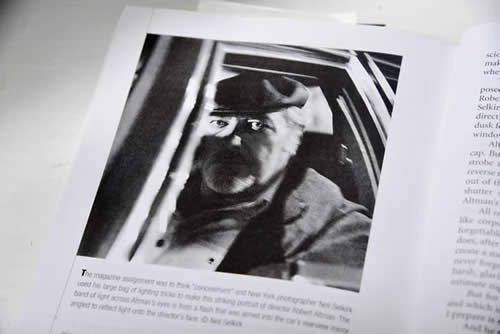 |
| Neil Selkirk's classic portrait of film director Robert Altman reflected a theme of 'concealment.' He put Altman in a car, then angled a small flash into the rear-view mirror so that it would shoot a rectangular band of light into the director's eyes. The flash froze Altman's strong gaze. Selkirk also shot hand-held at a slower shutter speed to create tell-tale motion everywhere else. One of my favorite Selkirk images, it appears in my book of collected columns, 'Talking Photography.' |
So it followed that, as my wife Judith Goodman and I began working together as professional photographers—doing commercial work ranging from events to annual reports, from album covers to weddings—my personal photography would reflect my background as a journalist as I documented the world around me.
Invariably, the most interesting of our editorial assignments back then were portraits: on location, often in exotic locations (once in the company of a giant preserved squid) in which we largely had free rein to select pose and lighting.
Invariably, too, Judy and I seemed to prefer the closer portraits that concentrated most on our subjects’ face and expression.
And why not? Anyone who loves fine art has studied the Old (and Newer) Masters from Leonardo, to Caravaggio, to Rembrandt, to Van Gogh and been struck by their fascination with the face. Just look at Leonardo’s master drawing “Head of a Girl” and not be enthralled by how he captures the play of light and shadow on her cheek.
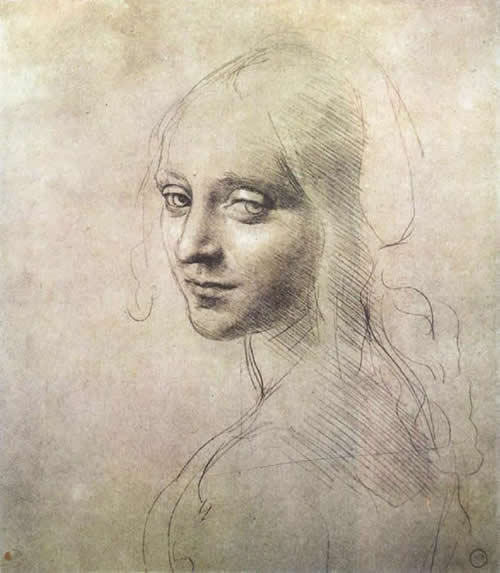 |
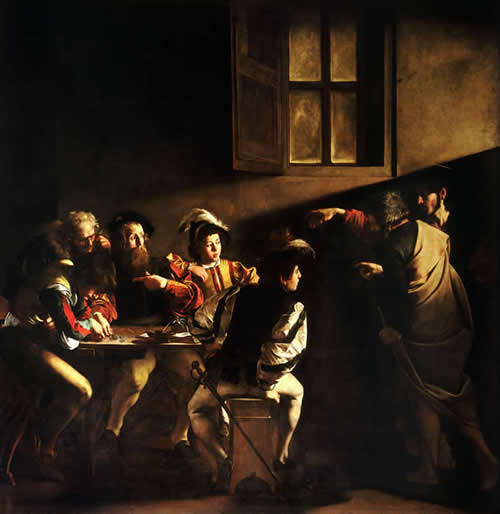 |
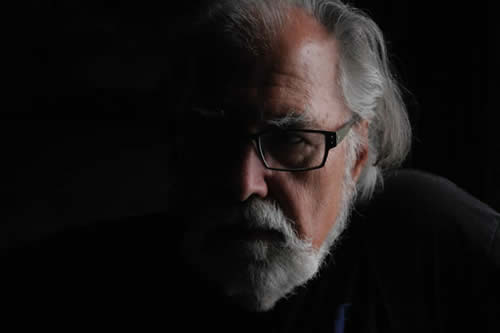 |
| Two examples from masters of light and dark--and a contemporary take. Top: Leonardo Da Vinci's master drawing has been likened to his 'Mona Lisa.' Caravaggio reveled in using strong, directional light in many of his masterworks. Below: strong, yet soft windowlight adds mystery to this self-portrait. |
Or marvel at how Caravaggio, perhaps my favorite old master, uses the magical play of light and dark (“chiaroscuro” in Italian) to emphasize only the most important facial elements of a composition, and thereby direct our gaze to where he wants it to be. A masterpiece, “The Calling of St. Matthew,” for example, shows a mysteriously shadowed Christ, in a tavern bathed in warm raking light, pointing a well-lit finger at a table of surprised men, including a stunned Matthew pointing at himself as if to say, “I, Lord?”
[So compelling was this painting to me that I once tried to reproduce the lighting in a class--using my student as models.]
I should add that strong portraits don’t always have to rely on a dramatic range of light to shadow. In photography, the work of the late Richard Avedon comes immediately to mind, notably his work “In the American West,” a compelling a series of stark portraits done simply and eloquently in natural light, outdoors and shot in large format BxW. Similarly--though using far more lighting gear and in the studio--there is the work of the British photographer Platon, known for his coolly confrontational evenly lit images of well-known figures from Vladimir Putin, to Barack Obama, to one of my all-time favorite actors, the great Chistopher Walken--all looking deadpan into the camera.
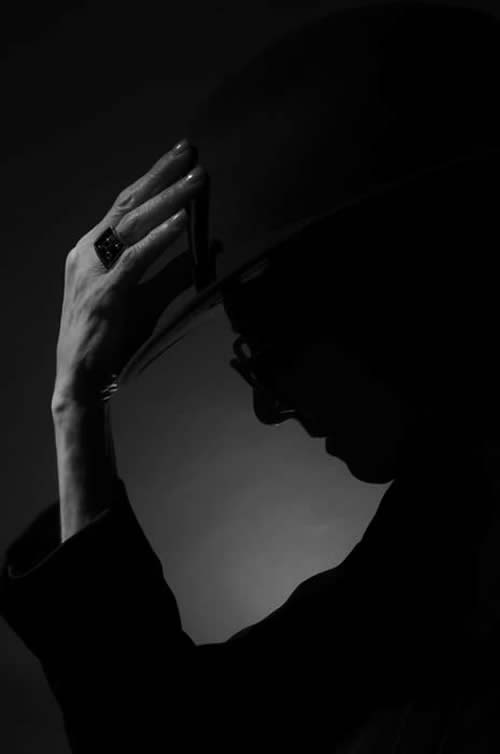 |
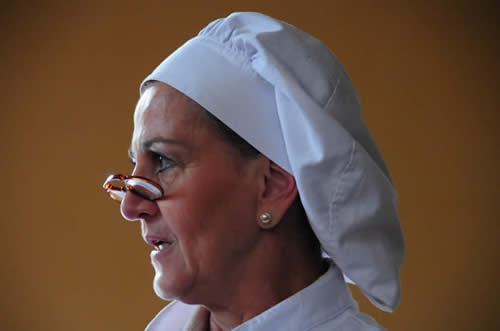 |
| And who says pictures of the face cannot also be silhouettes? The top pic was a challenge--to recreate what a student had seen in a magazine ad. Challenge accepted. Bottom: I love the rim light--as well as the pince-nez--of this molto simpatico chef at her winery trattoria in Umbria. |
For this class the emphasis will be less grand, more informal--more intimate. Virtually every photo we make will concentrate on the face alone, or elements thereof. And the lighting will change for every pose—sometimes during every pose. That is one reason I rely mostly on portable flash units, and even common flashlights, since they can be used in varying positions and incarnations easily, without students feeling as if they had signed up to be furniture movers.
I’m very much looking forward to this class and hope you can join me. I promise I will take your picture. Any questions, just email: GVR@GVRphoto.com
REGISTRATION: ‘La Faccia’:
https://reg126.imperisoft.com/glenechopark/ProgramDetail/3434383636/Registration.aspx
------
ALSO…check out my other offerings at Photoworks this fall--
REGISTRATION: ‘Photographing Artwork’:
https://reg126.imperisoft.com/glenechopark/ProgramDetail/3434383637/Registration.aspx
REGISTRATION: ‘Glen Echo Night Photography’:
Section one, October 20th—
https://reg126.imperisoft.com/glenechopark/ProgramDetail/3434383830/Registration.aspx
Section two, November 9th—
https://reg126.imperisoft.com/glenechopark/ProgramDetail/3434383832/Registration.aspx
-0-0-0-0-0-
Lubec Photo Workshops at SummerKeys, Lubec, Maine
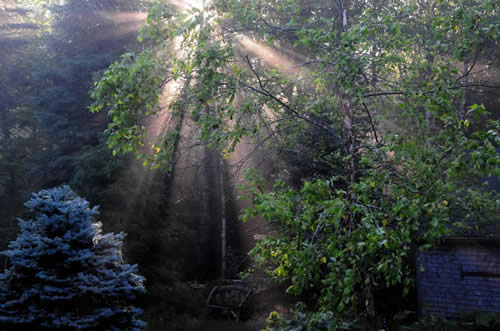
Join us for another magical summer NEXT year--2022
Master Photo Classes with Frank Van Riper
These intense, three and a half-day, limited enrollment classes are aimed at the more advanced student, who already has taken a photo workshop and who is familiar with basic flash. Maximum enrollment of just five. NB: previous Master Classes were fully booked almost immediately.
2022 Master Photo Class dates:TO BE ANNOUNCED
Come photograph in one of the most beautiful spots on earth.
-----------
Van Riper Named to Communications Hall of Fame
 |
| Frank Van Riper addresses CCNY Communications Alumni at National Arts Club in Manhattan after induction into Communications Alumni Hall of Fame, May 2011. (c) Judith Goodman |
[Copyright Frank Van Riper. All Rights Reserved. Published 8/25/21]
|